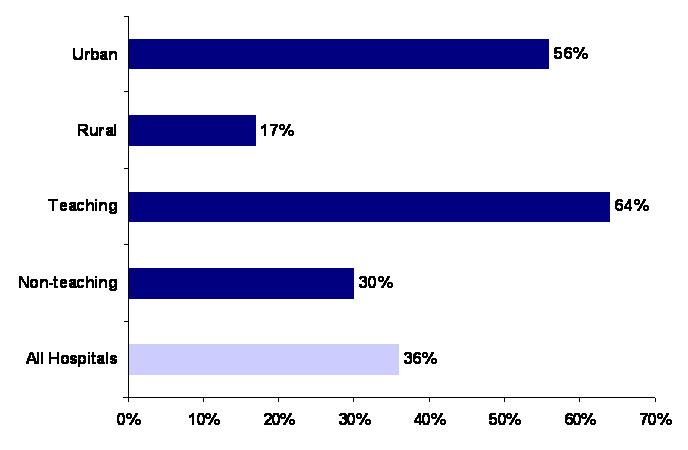Emergency Room incident at King’s County hospital
The King’s county hospital in Brooklyn, N.Y. has several claims to fame; It was the site of the first open-heart surgery performed in New York State; Kings County physicians invented the world’s first hemodialysis machine, conducted the first studies of HIV infection in women and produced the first human images using magnetic resonance imaging (MRI). In addition, Kings County was named the first Level 1 Trauma Center in the U.S.
It is ironic then, that the hospital became the center of all media attention for a negligence death in their waiting area in the Emergency Room. Esmin Green, a 49 yr old psychiatric patient had been waiting in the emergency room for more than 24 hours before she toppled from her chair and fell on ground. Although the waiting room was occupied by other patients, a security guard, and a staff member, no one cared to help Green until more than an hour after her fall (Check out the Associated Press report for further details on this).
Isolated incident or alarming trend?
HealthCare Management decided to do some research of our own and here is what we came up with.
An archived article in New York times talks about Federal regulators reprimanding cook county for serious flaws in how it decides who should receive emergency care and for treatment delay
The king’s county hospital’s emergency room sees about 116,000 patients a year
In 2007, Kings County hospital deployed, MediKiosk software solution, that automates patient registration and helps emergency department staff prioritize treatment based on medical urgency
According to a recent survey conducted by the American College of Emergency Physicians (ACEP), 80% of the 328 emergency departments surveyed board psychiatric patients
30% of ACEP surey respondents said they board patients between 8 and 24 hours
Before, we conclude it is a dead end, let us look at some other facts that might present solutions
85% of the doctors in the ACEP survey said that wait times for all emergency patients would improve if there were better psychiatric services available.
More than 80 % agreed that regional dedicated emergency psychiatric facilities nationwide would work better than the current system for dealing with psychiatric emergency patients.
Maybe, it is time to redesign the Emergency care ? We rest our case, now you decide!

